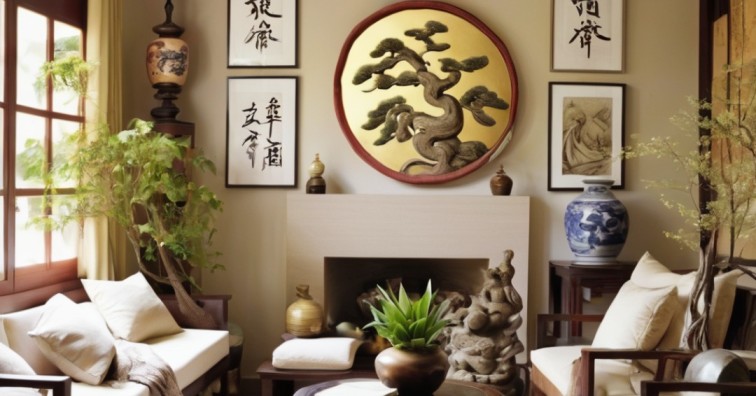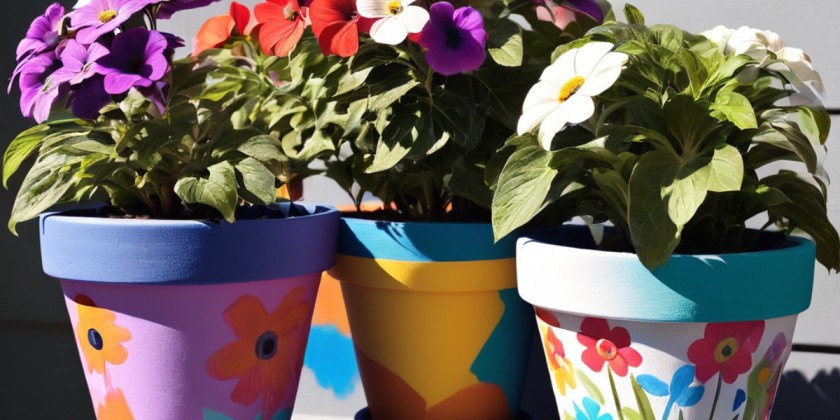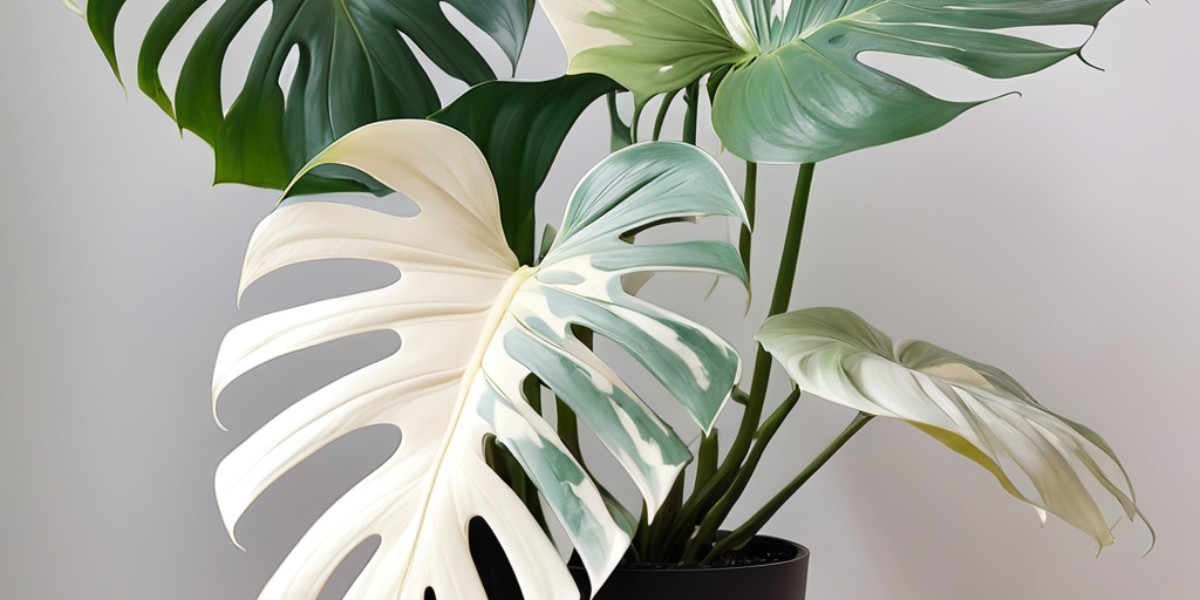Senecio rowleyanus is an exquisite succulent vine from the arid parts of southwestern Africa. It is also identified by the monikers “String of Beads” and “Rosary Plant.” This adorable succulent features a distinctive aesthetic with its small, bead-like leaves that gracefully cascade along the bottom or from hanging containers. The slender tendrils of the plant can advance up to two to three feet in length, creating an exquisite trailing effect on a string of pearls.
In complement to its characteristic appearance, the String of Pearls plant boasts soothing white flowers adorned with long, crimson stamens and golden anthers. Fluffy seed heads emerge following the blooms, sweetening the plant’s allure.
This succulent is widely produced as a houseplant, especially in provinces where the climate doesn’t enable outdoor growth. In frost-free environments, it can also thrive as an outdoor ornamental. The String of Pearls plant is particularly fond of warm and arid conditions, mirroring its native habitat. It’s an immaculate choice for those desiring an alluring and low-maintenance addendum to their indoor or outdoor gardens, as long as they guarantee appropriate care, such as well-draining soil, abundant sunlight, and mindful watering approaches.
Types of String of Pearls
Several variants are closely related to the String of Pearls plant, each featuring leaf shapes corresponding to bananas, teardrops, or watermelons with stripes. These plant types, all belonging to the same daisy family, possess:
1. Curio radicans: Unlike the more trailing String of Pearls, this interpretation is fuller and has tendrils with banana-shaped leaves. It is typically referred to as the String of Bananas or String of Fish Hooks.
2. Curio herreanus: Often known as the String of Watermelon or String of Beads, this trailing plant is distinguished by its small melon-shaped leaves trimmed with purple striping.
3. Curio citriformus: This variant features erect, trailing stems with pudgy, teardrop-shaped leaves. It also has small white flowers that bloom from late summer to winter.
Also Read: How to Grow Swiss Cheese Plant From Seed
String of Pearls Care
String of Pearls, or Senecio rowleyanus, is a particularly universal plant, thriving with ample light and proper fertilization. With fitting care, a single plant can survive for roughly five years, but with the straightforward propagation technique of stem cuttings, it’s feasible to maintain its life indefinitely.
Consider cultivating a multi-stemmed String of Pearls in a dangling basket for a vibrant and lush presentation. These stems can also be artfully incorporated, or you may grow them in a shallow container, allowing them to extend horizontally, mimicking their natural growth pattern. String of Pearls is naturally hardy, free from compelling disease situations, and requires minimal maintenance. However, it does necessitate uniform and plentiful light throughout the year to thrive. Whether you drape it in dangling elegance or let it sprawl like a terrestrial carpet, this
succulent’s adaptability and stability make it an exceptional choice for seasoned and novice plant aficionados.
Appropriate care for your String of Pearls plant is essential for its soundness and longevity. To guarantee its well-being, follow these light, soil, watering, temperature, and fertilizer guidelines. The string of pearl plants succeed with direct and indirect sunlight, ideally obtaining about six to eight hours of light daily. It’s worthwhile to place them in the natural morning sunlight when it’s more delicate and then resettle them to a spot with diffused, indirect light or partial shade during the additional intense afternoon hours. Any well-draining succulent potting mix will suffice when it comes to soil, with sandy soil especially suitable.
Also Read: How to Grow Pink Princess Philodendron
Proper watering is essential. Keep the soil lightly moist during the developing season in spring and summer. Decrease watering in the winter. If you own the spherical leaves flattening, it’s an indicator that the plant needs more water. Water every seven to 14 days, but modify based on climate and pot type. The soil should be dry to the touch down to the first half-inch before you water and guarantee that excess water drains from the pot.
Temperature-wise, String of Pearls prefers warm shapes above 70 degrees Fahrenheit in spring through fall and more relaxed temperatures of 50 to 60 degrees Fahrenheit in winter. Low humidity is ideal for this plant, so bypass placing it in intrinsically humid areas like kitchens or bathrooms.
For fertilization, use a balanced liquid or water-soluble fertilizer diluted to half force and feed your String of Pearls biweekly during the growing season. In the fixed winter period, consolidate feeding to every six weeks. Observing these care instructions will enable your String of Pearls plant to flourish and preserve its stunning appearance.
Also Read: How to Grow and Care for Polka Dot Plant
Propagating String of Pearls Plant
The string of pearl plants can be effortlessly reproduced through stem cuttings for long-lasting vitality. Ideal propagation terms are spring, summer, or early fall. Allow three to four weeks for root expansion. Alternatively, you can grow from seeds, although it could be more prosperous.
Assemble sterilized pruning snips or scissors, a 4- or 6-inch pot, and cactus or succulent soil. Cut several 4- to 5-inch stems below a leaf node, removing the last two leaves. Let them air dry for 1-2 days for the cut ends to callous. Fill the pot with soil, making a hole in the centre for the stems. The amount ends at least an inch deep, securing all leaves above the soil. Seal the soil around the branches and wait a few days before watering. Indoors, place the pot in a well-lit place, while outdoors, supply partisan sun. Water when the soil dries up.
Also Read: How to Propagate Pothos Plants?
Common Problems
Shriveling Leaves: Wilting or withering leaves can happen from overwatering and underwatering. If the soil is always watery, reduce the watering frequency to once every 7-14 days, confirming the top inch of soil dries before rewatering. If leaves flatten, it’s a sign of increased water.
Yellowing or Graying Leaves: Yellowing or grey leaves usually display insect infestation. Regularly involving neem oil can assist in deterring insects.
Mushy Stems and Purple Leaves: Overwatering can lead to mushy stems and root rot, potentially driving soil-borne fungi to prosper. If your plant is concerned, permit it to dry out to recuperate. Reproduce healthy branches in fresh soil and scrap infected parts in potent cases. Neuter the pot before reuse.
Also Read: 18 Indoor Plants with Big Leaves
FAQ’s
1. How frequently should I water my String of Pearls?
Water sparingly, permitting the top inch of soil to dry between waterings. Counting on the environment can mean watering every 7-14 days during the growing season.
2. What’s the most suitable light for a String of Pearls?
String of Pearls flourish in bright, indirect sunlight. The morning sun is perfect, while shelter from the harsh afternoon sun is essential.
3. Can I grow a String of Pearls outdoors?
Yes, they can be produced outdoors in frost-free conditions as long as they are shielded from direct sunlight and harsh climate conditions.
4. How can I propagate a String of Pearls?
You can quickly multiply them using stem cuttings. Let the cuttings be callous for a day or two, then plant them in well-draining soil.
5. Is String of Pearls harmful to pets?
Yes, String of Pearls is harmful to pets if consumed. Keep them out of reach of inquisitive animals.
6. What type of pot should I use for my String of Pearls?
Opt for a pot with generous drainage holes to deter waterlogged soil, as these plants tend to rot the roots. Terra cotta or clay pots can wick away surplus moistness.











